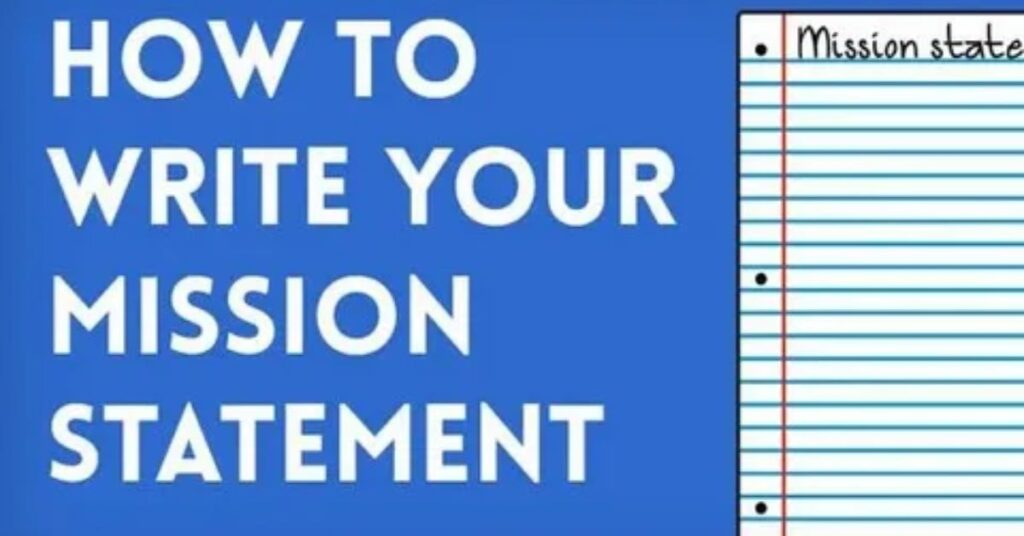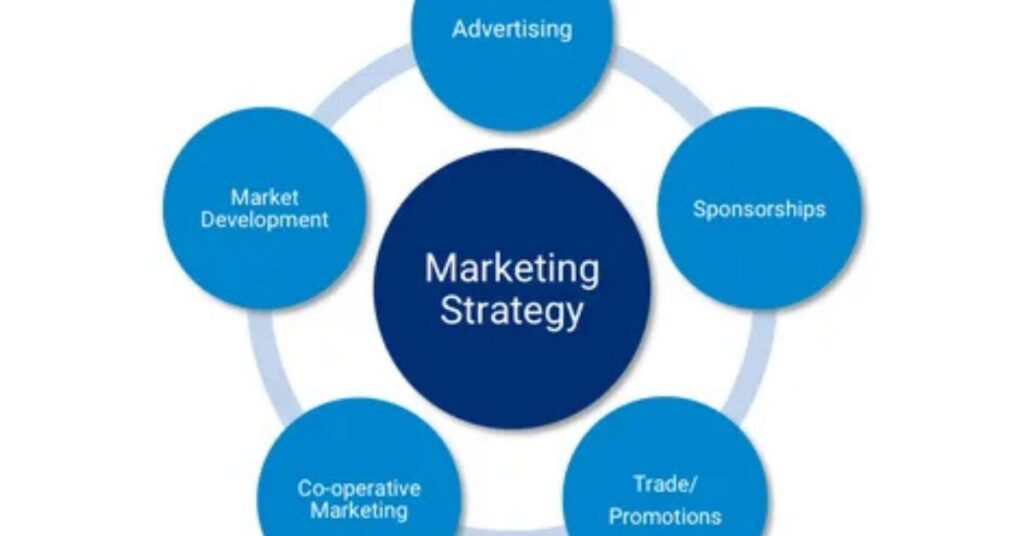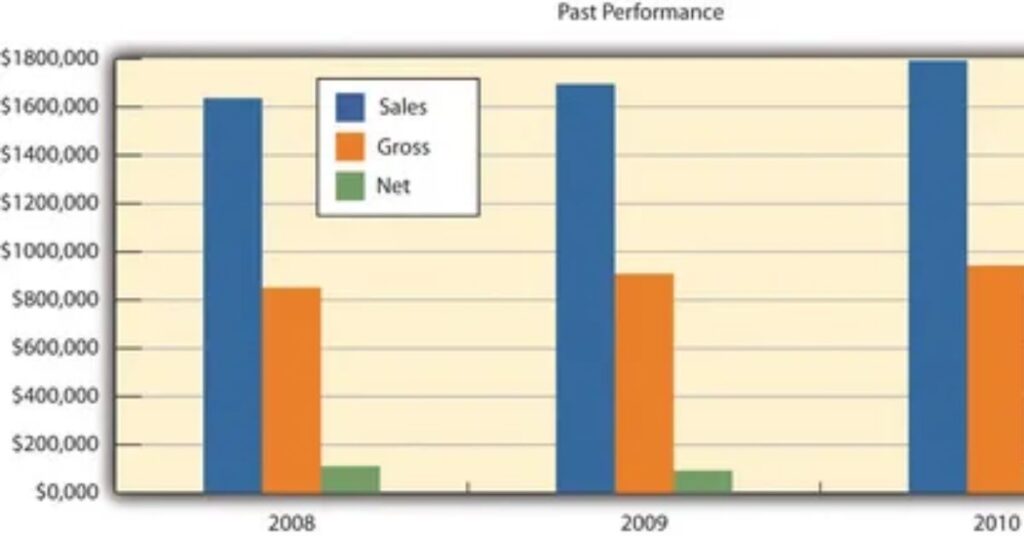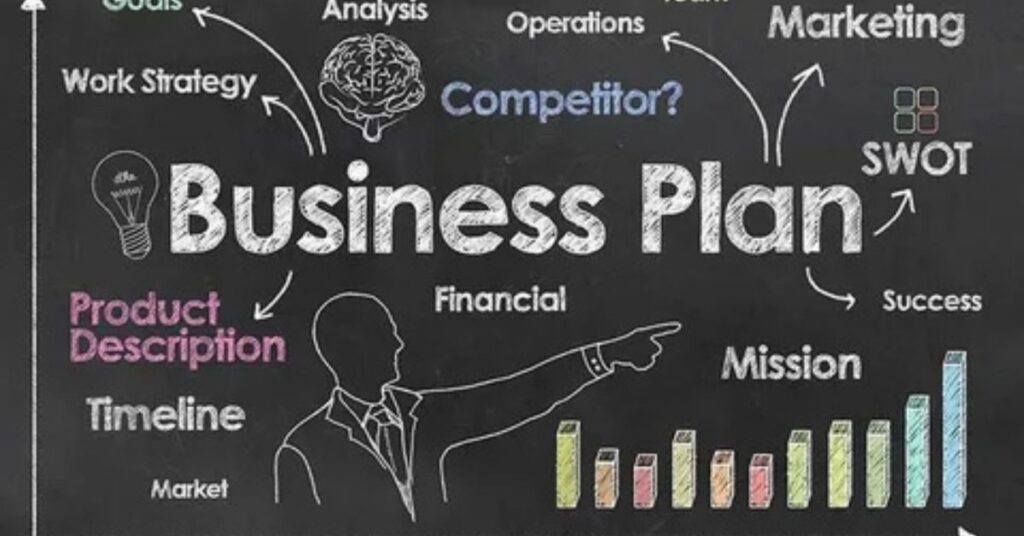Starting a business without a plan is like sailing without a compass. Whether you are launching a startup, pitching to investors, or growing a small business, understanding how to write a business plan template can make all the difference between success and confusion.
A business plan serves as your roadmap, outlining your goals, target market, financial strategy, and long-term vision. It not only helps you stay organized but also proves to investors and lenders that your business idea is credible and worth funding.
In this step-by-step guide, we will walk you through eight easy steps to create a powerful business plan that actually works. From crafting an engaging executive summary to preparing realistic financial projections, you will learn how to turn your business vision into a clear, actionable document.
Whether you are using a free business plan template or building one from scratch, this guide will help you write with clarity, confidence, and strategy, setting a solid foundation for your entrepreneurial journey in 2025 and beyond.
Before you start writing your business plan template, it is essential to set clear and measurable business goals.
1. Write the Executive Summary
This is your business elevator pitch, the first impression that defines your entire plan. Keep it short, powerful, and focused on your core business idea. If you are using a business plan template, remember that the executive summary is the first section that captures the reader’s attention, whether it is an investor, lender, or potential partner.
It should clearly outline what your business does, who your target audience is, and how you plan to succeed. A well-written executive summary can instantly spark interest and encourage readers to explore the rest of your startup business plan.
Highlight your unique value proposition, share your financial goals, and summarize your market opportunity, all within one or two concise paragraphs.
Example
GreenGlow is a sustainable skincare brand that creates eco-friendly, affordable, and cruelty-free beauty products designed for Gen Z consumers in the U.S. The company focuses on natural ingredients, plastic-free packaging, and environmentally responsible production to meet the growing demand for green beauty solutions.
In 2025, we plan to launch five innovative skincare products, including biodegradable face masks and plant-based moisturizers, with a projected $500,000 in first-year sales. Our mission is to make sustainable skincare accessible to everyone, while promoting ethical business practices and long-term customer loyalty.
2. Describe Your Business

Explain who you are, what you do, and why it matters.
Answer these questions:
- What problem are you solving?
Clearly explain the customer pain points your business addresses, whether it is saving time, reducing costs, or offering eco-friendly alternatives. This helps investors see the real-world value of your product or service. - What makes your business different?
Highlight your unique selling proposition (USP), which sets you apart from competitors in the market. It could be your innovative technology, superior customer service, or sustainable approach that defines your business differentiation strategy. - What is your mission statement?
Write a short, inspiring mission statement that captures your company’s purpose, long-term vision, and values. This statement should reflect how your business contributes to the market, community, and customer experience.
3. Conduct Market Research
Investors want proof that your business is needed and positioned for long-term growth. Conducting thorough market research not only validates your idea but also helps refine your business plan strategy with real data and insights. Include:
- Target Audience (demographics, interests, pain points)
Clearly define who your ideal customers are, what challenges they face, and how your products or services solve those problems better than competitors. This shows investors that your business plan is built on understanding real customer needs. - Competitor Analysis (what they do well and where they fail)
Study your top competitors to uncover their strengths and weaknesses. Highlight the unique value proposition that sets your business apart, a crucial factor that makes your startup business plan stand out to investors. - Industry Trends (backed by data)
Support your plan with credible research, such as market growth statistics, consumer behavior reports, or technology adoption trends. Including data-driven insights strengthens your business plan outline and builds investor confidence in your market potential.
To boost your online visibility and attract investors, consider partnering with professional SEO content writing services for small business owners that help you create high-quality, keyword-rich business plans and marketing content.
4. Define Your Products or Services

Clearly define what your business offers and why it matters in the market. A well-defined offer helps investors and customers understand your purpose instantly. Be specific:
- What are you selling?
Describe your product or service in detail, whether it is a digital marketing course, an eco-friendly skincare line, or an AI-powered business tool. Make sure your explanation focuses on how it solves a real problem for your target audience. - What is your unique value?
Highlight your unique selling proposition (USP), which sets your business apart from competitors. It could be your innovative technology, sustainable production process, or personalized customer experience that builds long-term trust. - What makes you better than competitors?
Showcase your competitive advantage using real examples or data. For instance, faster delivery times, better customer support, or exclusive features can help your business stand out in a crowded market and attract loyal buyers.
Example: “We sell eco-friendly water bottles made from biodegradable materials, targeting fitness lovers and eco-conscious buyers.”
5. Marketing & Sales Strategy

A business plan without marketing is like opening a store in the desert, no one will find you, no matter how great your product is. Your marketing strategy bridges the gap between your idea and your audience, helping you attract, engage, and retain loyal customers.
Include:
- Marketing Channels
Use digital marketing platforms like Facebook, Instagram, and Google Ads to increase brand visibility and drive targeted traffic through SEO-optimized campaigns and engaging email newsletters. - Sales Strategy
Build a clear sales funnel that covers both online and offline channels, from running an eCommerce website to forming strategic business partnerships that expand your customer base. - Customer Retention
Focus on customer relationship management (CRM) by offering personalized discounts, loyalty points, and upselling opportunities that turn one-time buyers into lifelong customers.
6. Operations Plan
Show how your business will run smoothly:
- Team members and responsibilities
Clearly define each team member’s role and expertise to ensure accountability and smooth collaboration. A well-structured business operations plan highlights how leadership, marketing, finance, and production teams work together toward common goals. - Suppliers and partners
List your key business partners and suppliers, explaining how their reliability supports your supply chain and product quality. Building long-term relationships with trusted vendors also helps reduce risks and maintain consistent service delivery. - Tools and technology
Mention the essential business management tools and technologies your company will use to streamline workflows, monitor performance, and improve productivity. Cloud-based software, automation systems, and CRM platforms can make daily operations more efficient and scalable.
7. Financial Plan
Numbers build trust. Investors want to see:
- Startup costs
Clearly outline how much capital you need to launch and operate your business. This shows investors you understand your business financial requirements and have planned your funding strategy wisely. - Revenue projections
Provide realistic sales forecasts based on market research and pricing models. Accurate projections highlight your growth potential and build confidence in your business plan’s financials. - Break-even analysis
Demonstrate the exact point when your business will become profitable. This calculation helps investors gauge your risk level, cash flow timeline, and financial sustainability.
8. Appendix (Optional)

Include supporting data, charts, resumes, or product mockups. These visuals and documents make your business plan template more professional and credible, helping investors quickly understand your business structure and performance potential. Including real data and visuals adds trust and clarity to your presentation.
Free Business Plan Template (Download)
You do not need to start from scratch. Here’s a free business plan template you can easily adapt for your startup or small business. It is designed to save time, keep your plan organized, and ensure every section, from your executive summary to financial projections, follows a proven structure that attracts investors.
SBA Free Business Plan Templates
Common Mistakes to Avoid
- Making it too long (stick to the essentials)
A business plan template should be concise and focused, avoiding unnecessary details that make readers lose interest. Investors prefer a clear business plan outline that communicates goals quickly and effectively. - Not updating it regularly
Your business plan is not a one-time document; it should evolve with market trends, new goals, and customer insights. Regular updates keep your startup business strategy relevant and aligned with real-world changes. - Using too much jargon
Avoid complex industry terms or buzzwords that confuse readers and investors. Keep your business plan format simple, professional, and easy to understand for anyone reviewing your idea. - Skipping financial details
Neglecting the financial projections section can make your plan appear incomplete or unrealistic. Always include startup costs, revenue goals, and break-even analysis to build investor confidence and credibility.
If you are planning to launch an eco-friendly startup, you can learn how to start a successful, sustainable business and integrate green practices into your business plan.
Conclusion:
A business plan template is not just a document; it is your roadmap to growth, funding, and success. By following this step-by-step guide, you can create a plan that attracts investors, guides your team, and helps you avoid costly mistakes.
Would you be ready to start? Download a free business plan template and begin today!
FAQ’s
Can I write a business plan for free?
Yes, you can absolutely write a business plan for free. There are many free business plan templates available online, including resources from the U.S. Small Business Administration (SBA) and SCORE mentoring programs. You do not need to hire an expensive consultant to get started.
By using a step-by-step guide and a structured business plan template, you can outline your goals, financial projections, target market, and strategies without spending money. Many small business owners also rely on Google Docs or Word templates to draft their plans.
How long should a business plan be?
The ideal length of a business plan depends on the purpose and audience. On average, a standard plan ranges from 15 to 25 pages, while a lean startup plan may be as short as 5–10 pages.
For investors/lenders: A detailed plan with financial projections, competitor analysis, and growth strategies (closer to 25+ pages).
For internal use: A concise plan highlighting goals, marketing strategy, and milestones (10–15 pages).
What matters most is clarity, not length. Every section should add value, avoid filler content. Tools like Investopedia’s guide on financial projections can help you craft data-backed plans that impress readers.
Do investors really read business plans?
Yes, investors and lenders do read business plans, but they often focus on key sections first. Most investors spend time analysing:
Executive Summary: Quick overview of your business idea.
Financial Projections: Expected revenue, costs, and profitability.
Market Analysis: Industry demand and target audience insights.
Team & Execution Strategy: Whether you have the right people and plan to succeed.
According to Harvard Business Review, investors typically skim the plan initially but return to financials and growth potential before making decisions. This is why your executive summary and financial data must be clear, compelling, and realistic.


Pingback: Empowering Future of Human Resources with AI for SMEs | Game-Changing HR & AI Trends 2025 - Future Weave